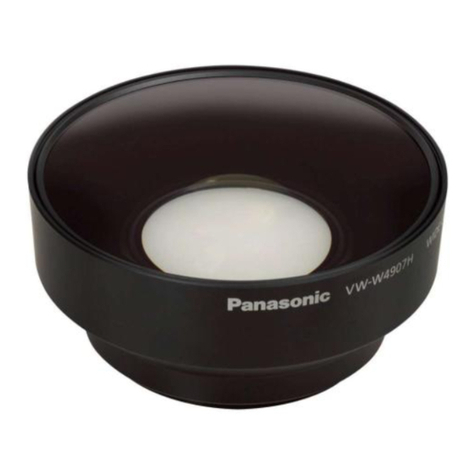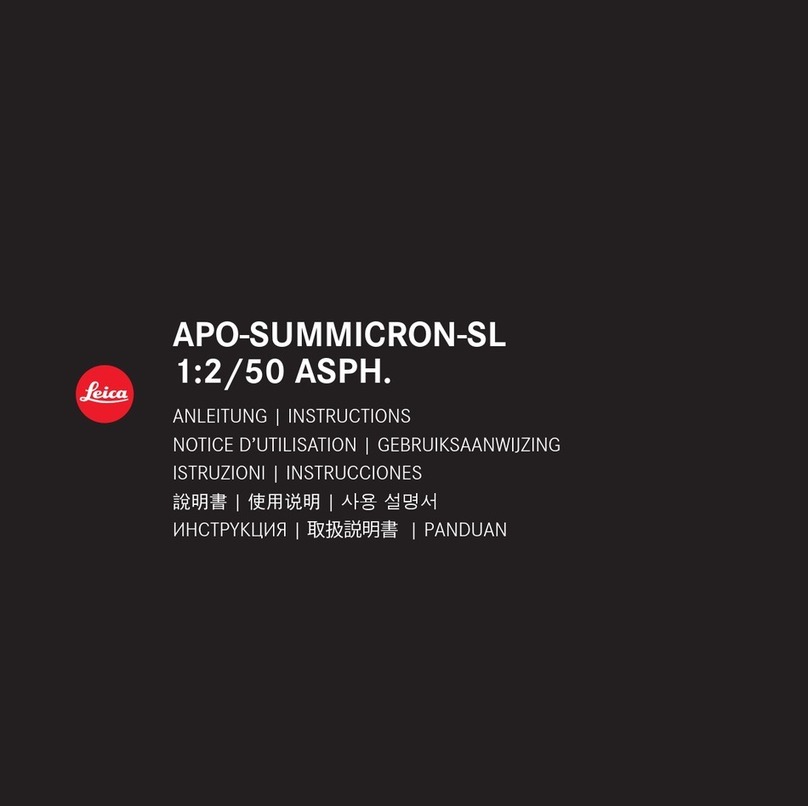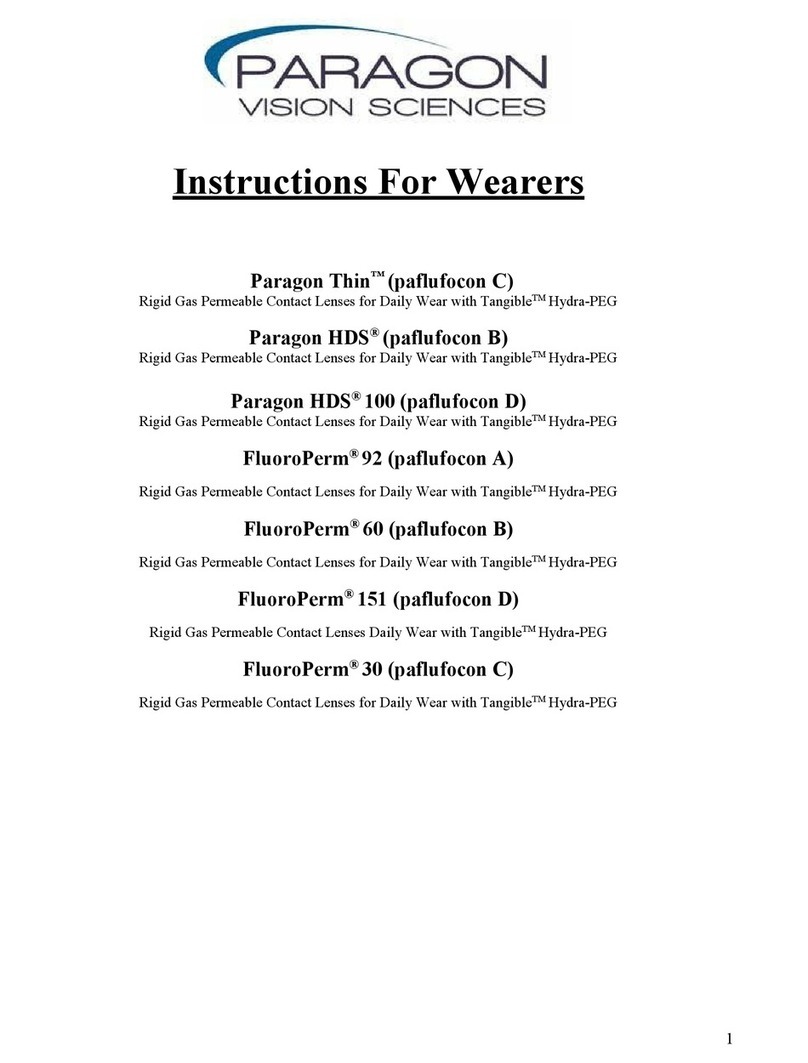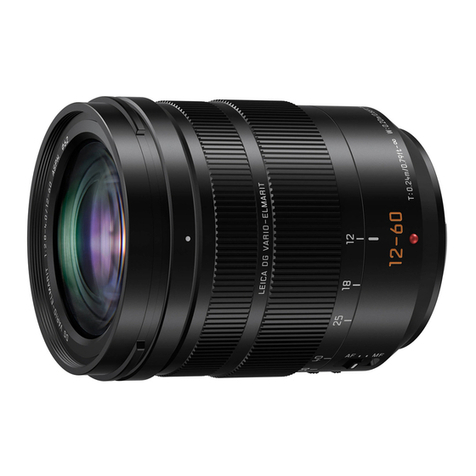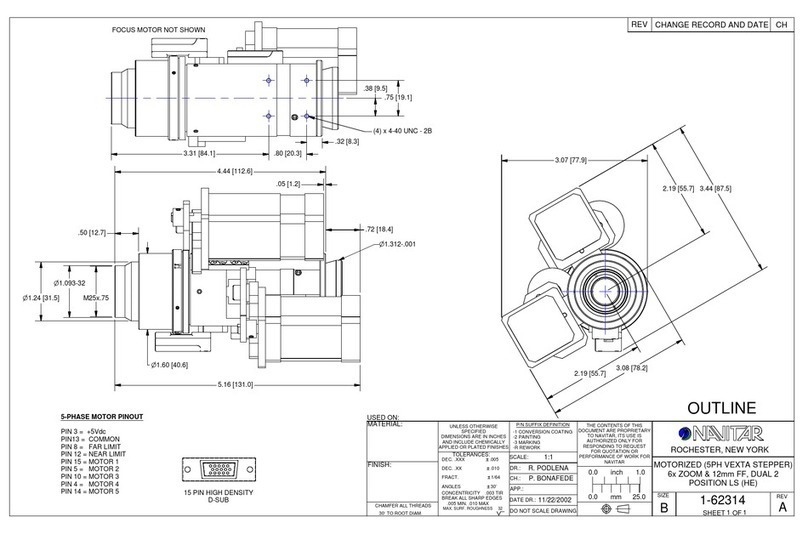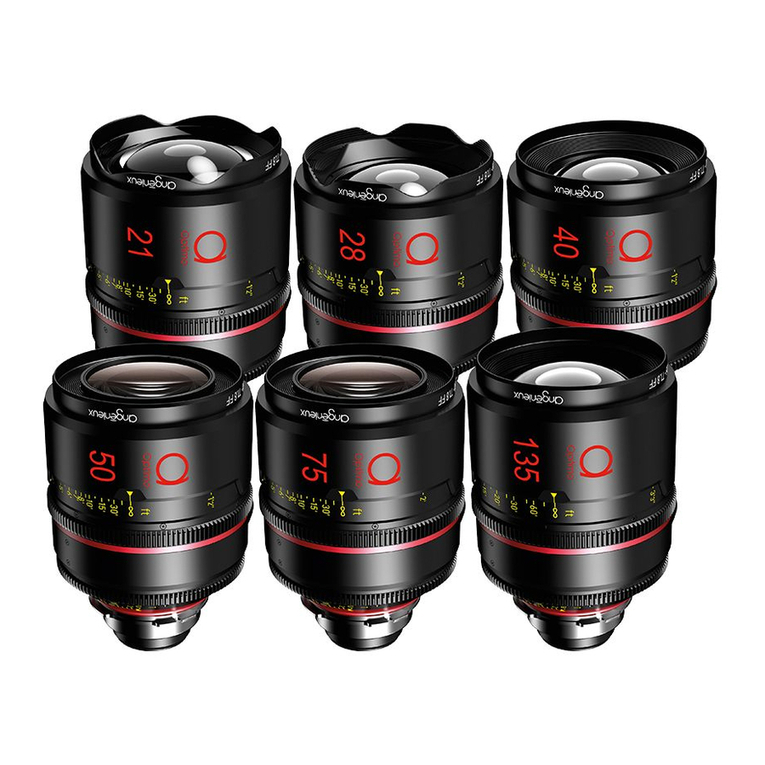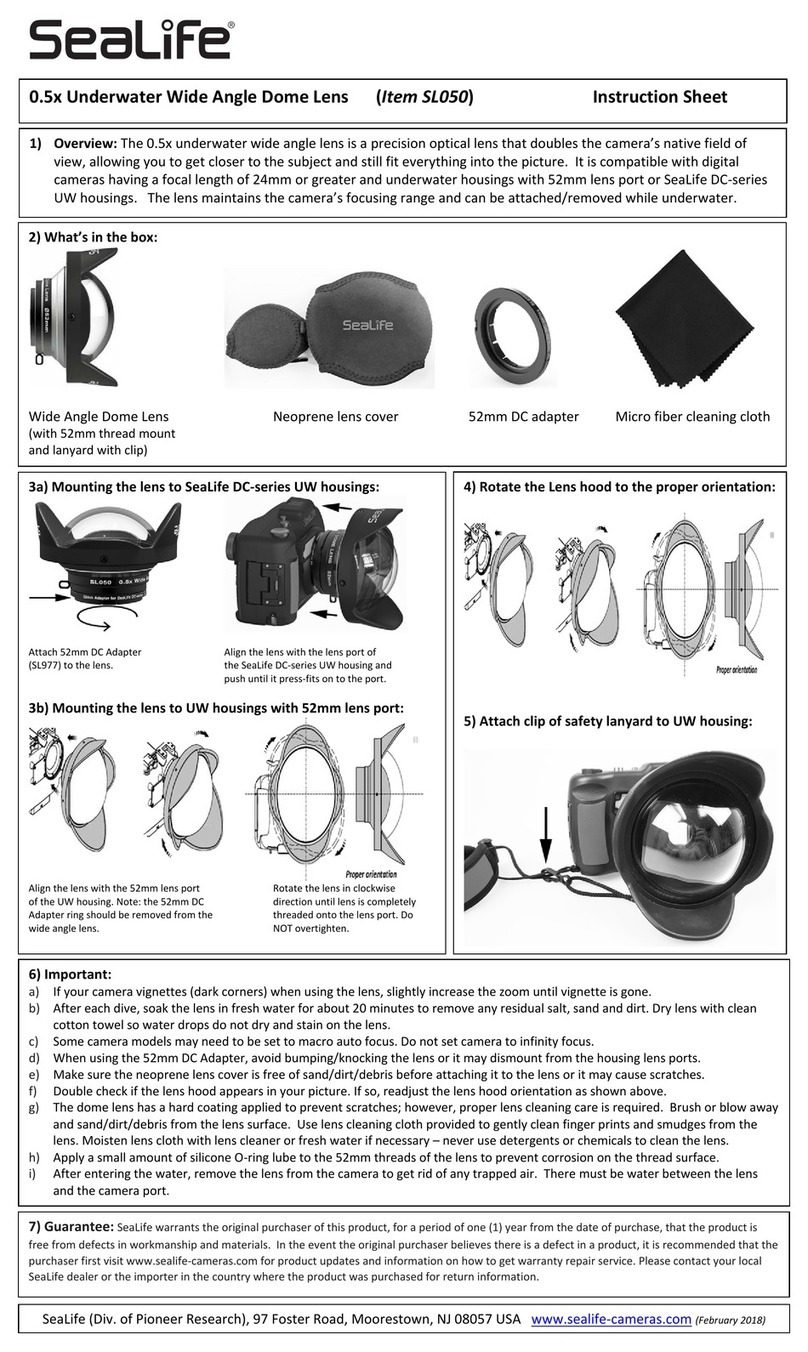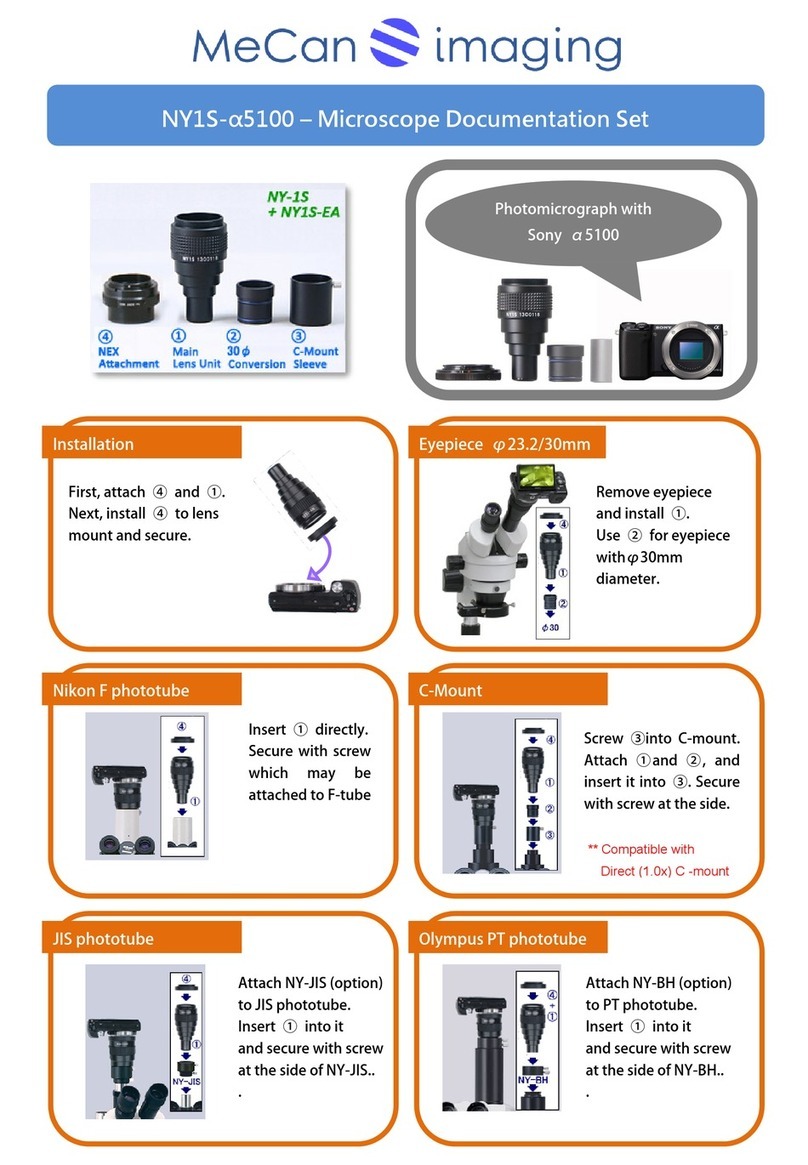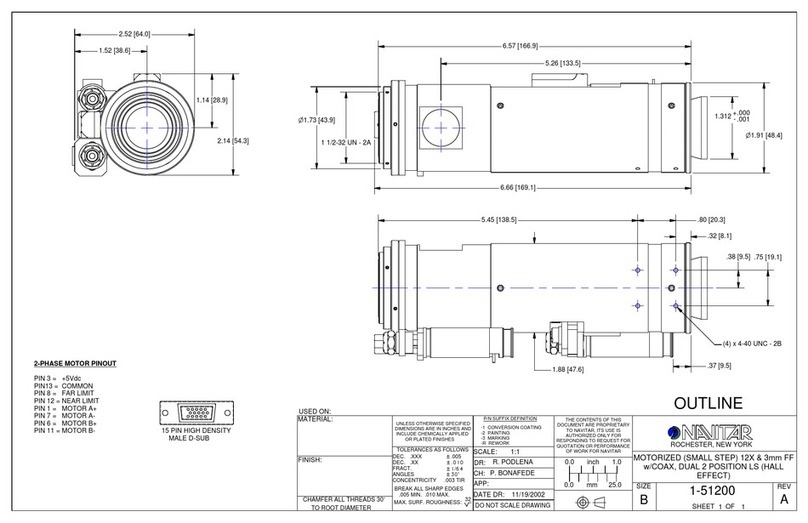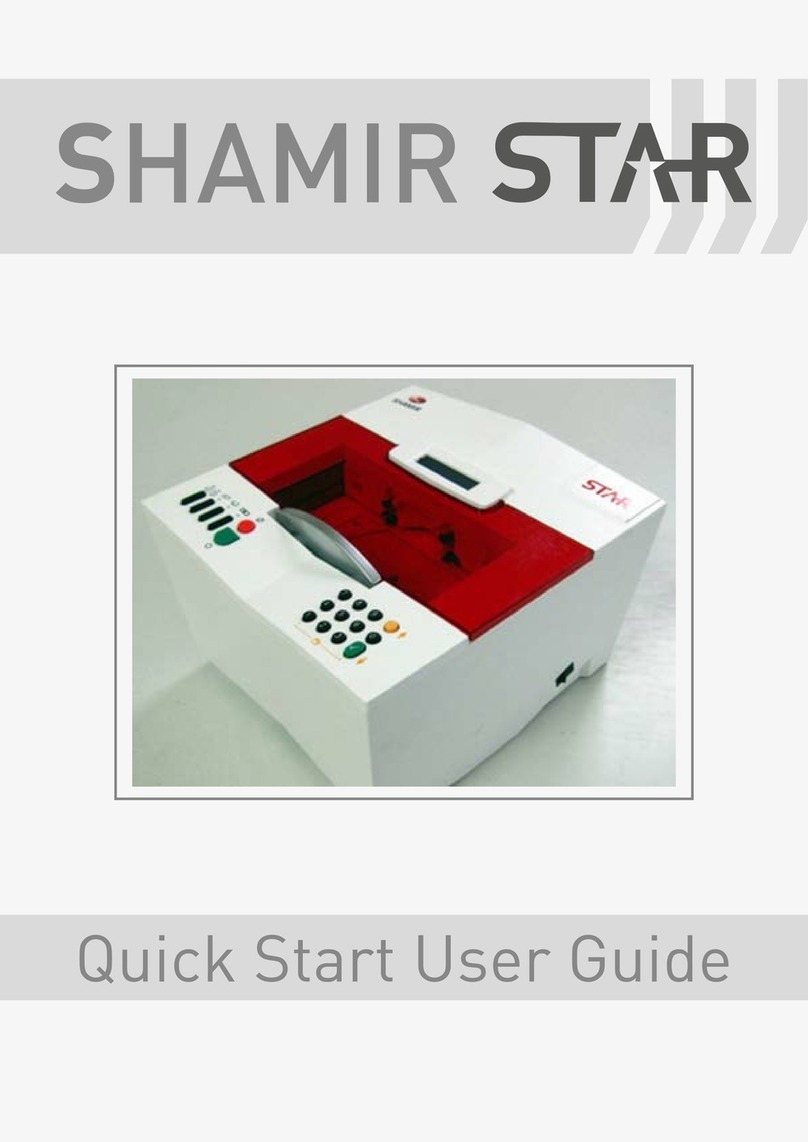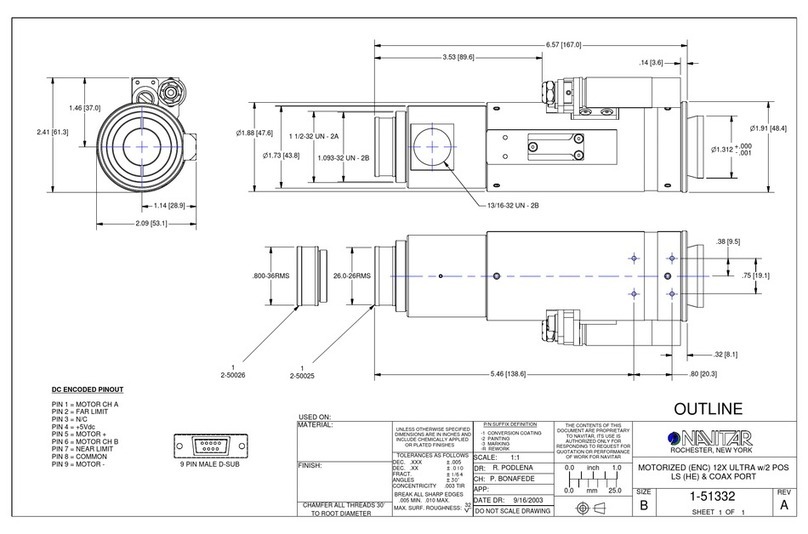
PRECAUTIONS
General
Clinical studies have demonstrated that Paragon CRT®Contact Lenses and Paragon CRT®100 Contact Lenses manufactured from Paragon HDS®and Paragon
HDS®100 respectively are safe and effective for their intended use to Correct Your Vision While You Sleep™. However, due to the small number of patients en-
rolled in the clinical investigation of lenses, all refractive powers, design congurations, and lens parameters available in the lens materials were not evaluated in
signicant numbers. This is especially true for adolescent subjects in this investigation. Consequently, when selecting an appropriate lens design and parameters,
the eye care practitioner should consider all characteristics of the lens that can affect lens performance and your ocular health; including, oxygen permeability,
wettability, central and peripheral thickness, and optic zone diameter.
The potential impact of these factors on your ocular health must be carefully weighed against your need for refractive reduction; therefore, your continuing ocular
health and lens performance on your eye should be carefully monitored by your eye care practitioner. Corneal edema is more prevalent when the lens is used in
high altitudes.
Each Paragon CRT®Contact Lens and Paragon CRT®100 Contact Lens is supplied nonsterile in an individual plastic case. The lens is shipped dry; or, wet
shipped in Boston SIMPLUS®solution. This solution contains poloxamine, hydroxyalklphosphonate, boric acid, sodium borate, sodium chloride, hydroxy-
propylmethyl cellulose, Glucam and preserved with chlorhexidine gluconate (0.003%) and polyaminopropyl biguanide (0.0005%). If you have experienced a
prior history of allergy to any of these ingredients, remove the lens from the solution and soak the lens 24 hours in sterile unpreserved saline prior to cleaning,
disinfecting and dispensing.
*Boston SIMPLUS®is a registered trade mark of Bausch & Lomb.
Never reuse the solution. You may store the lens in the unopened container until ready to dispense, up to a maximum of twenty-ve (25) days from the Ship Date
(see Packing Slip). If the lens is stored for longer periods of time, it should be cleaned and disinfected with an FDA approved product. Follow the directions on
the selected disinfecting solution regarding prolonged storage.
Patient
Solution Precautions
• Different solutions cannot always be used together and not all solutions are safe for use with all lenses. Use only recommended solutions with your
Paragon CRT®Contact Lens and Paragon CRT®100 Contact Lenses.
• Do not heat the wetting/soaking solution and lenses.
• Always use fresh unexpired lens care solutions.
• Always follow directions in the package inserts of the contact lens solutions used.
• Use only a chemical lens care system. Use of a heat (thermal) lens care system can cause damage by warping your contact lenses.
• Sterile unpreserved solutions, when used, should be discarded after the time specied in the labeling directions.
• Do not use saliva, tap water or anything other than the recommended solutions for lubricating or wetting lenses.
• Always keep the lenses completely immersed in the recommended storage solution when the lenses are not being worn (stored).
Handling Precautions
• Always wash and rinse hands before handling lenses. Do not get cosmetics, lotions, soaps, creams, deodorants, or sprays in the eyes or on the lenses. It is
best to put on lenses before putting on makeup. Water-base cosmetics are less likely to damage lenses than oil-base products.
• Be certain that your ngers and hands are free of foreign material before touching your contact lenses, as microscopic scratches of the lenses may occur
causing distorted vision and/or injury to the eye.
• Carefully follow the handling, insertion, removal, cleaning, disinfecting, storing and wearing instructions in this booklet and those prescribed by your
eye care practitioner.
• Always handle your lenses carefully and avoid dropping them.
• Never use tweezers or other tools to remove your lenses from the lens container unless specically
indicated for that use. Pour your lens into your hand.
• Do not touch the lens with your ngernails.
• To minimize lens warpage during cleaning, the lenses should be cleaned in the palm of the hand
rather than between the thumb and ngers.
Lens Wearing Precautions
• CAUTION: Nonsterile. Clean and condition lenses prior to use.
• If the lens sticks (stops moving) on the eye, follow the recommended directions on “Care for a
Sticking (Nonmoving) Lens” in this patient information booklet. The lens should move freely on
the eye for the continued health of the eye. If nonmovement of the lens continues, you should
immediately consult your eye care practitioner or attending hospital emergency room physician.
• Never wear your contact lenses beyond the period recommended by your eye care practitioner.
• Avoid, if possible, all harmful or irritating vapors and fumes when wearing lenses.
• If aerosol products such as sprays are used while wearing lenses, exercise caution and keep eyes
closed until the spray has settled.
Lens Case Precautions
• Contact lens cases can be a source of bacterial growth. To prevent contamination and to help avoid serious eye injury, patients should ll their lens case
with fresh solution every time they store their lenses, and never re-use solution. They should discard their solution immediately after their lenses have
been removed from the lens case. They should not store their lenses in or rinse their lens case with tap water, bottled water or any non-sterile solution.
• Patients should clean and rinse their lens case between uses as recommended by their eye care practitioner.
• Lens cases should be replaced at regular intervals as recommended by the lens case manufacturer or eye care practitioner.
Topics To Discuss With The Eye Care Practitioner
• Always contact your eye care practitioner before using any medicine in your eyes.
• As with any contact lens, follow-up visits are necessary to assure the continuing health of your eyes. You should be instructed as to a recommended
follow-up schedule.
Who Should Know That You Are Wearing Contact Lenses
• Inform your doctor (health care practitioner) about being a contact lens wearer.
ADVERSE EFFECTS (PROBLEMS AND WHAT TO DO)
You should be informed that the following problems may occur.
• Eyes stinging, burning, itching (irritation), or other eye pain
• Comfort is less than when lens was rst placed on eye
• Feeling of something in the eye such as a foreign body or scratched area
• Excessive watering (tearing) of the eyes
• Unusual eye secretions
• Redness of the eyes
• Reduced sharpness of vision (poor visual acuity)
• Blurred vision, rainbows, or halos around objects
• Sensitivity to light (photophobia)
• Dry eyes -1-

